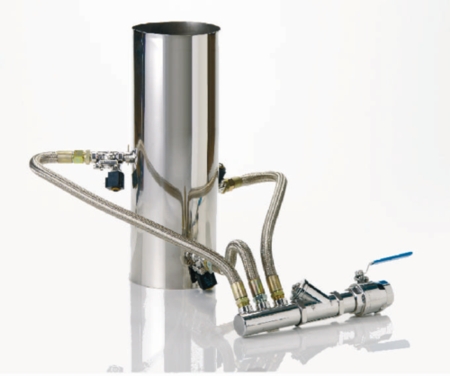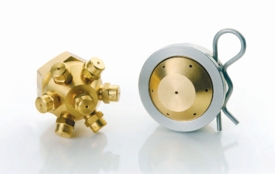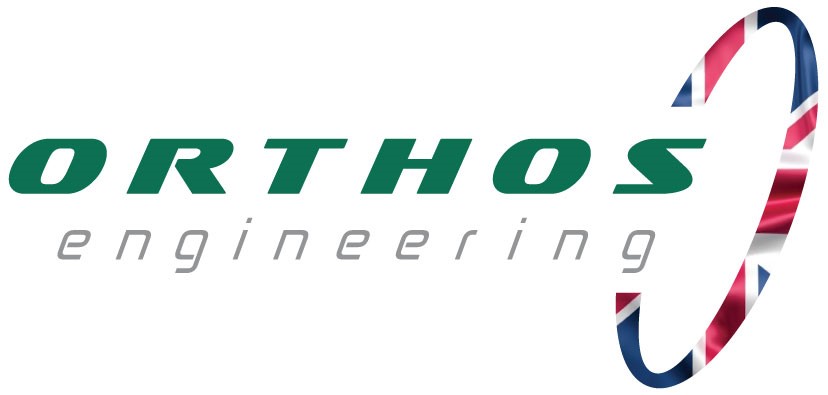 Water extinguishing
Water extinguishing
Depending on the process application and type of fire, different types of water extinguishing method are required. Large water droplets in a powerful full cone water spray are needed to penetrate materials flowing in chutes or pneumatic conveying systems. For extinguishing flames in enclosed volumes and open areas, smaller droplet sizes are an advantage due to their high evaporation rate, efficient heat absorption and ability to displace oxygen. Designing a superior extinguishing system is a well-defined science and an area expertise at Firefly.
Firefly Extinguishing Categories
Full Cone Spray
Water Mist
Isolation & Inerting
Diverting
Steam Extinguishing
Extinguishing of sparks and hot bodies
The momentum of the extinguishing water is the key factor for a reliable and effective extinguishing in conveying systems. And this depends on two factors: water pressure and droplet size. At a given pressure, small droplet has less momentum compared to a larger droplet and therefore has less extinguishing effect in conveying systems, because the droplets cannot penetrate the material flow.
Furthermore a low pressure at the water nozzle (e.g. average mains pressure) reduces the chances of saturating the ignition source. A large droplet size in combination with 7-9 bar pressure that ensures the material flow can be penetrated and the ignition source extinguished.
It is important to consider the dimensions of the chute or duct that will be acting as the extinguishing zone as well as the material flow rate. Large physical dimensions and flow rates needs to be considered while designing the extinguishing zone as the water droplets run the risk of being absorbed in the outer layers of the material, leaving a partially extinguished ignition source
Extinguishing of flames
Water mist as fire extinguishing medium is gaining ground and has proven to be very effective in fighting and controlling fires. It has a remarkable potential for suppressing fires and causes minimal residual damage. Firefly use water mist systems for extinguishing flames in a number of different applications such as panel presses, hot oil pumps, silos, planers, mills and tissue converters. Water mist has even been found useful in applications not usually considered suitable for water based systems e.g. oil fires etc.
 |
 |
Water mist systems work by spraying microscopic water droplets onto a fire. This results in efficient extinguishing using nothing more than water. The water removes heat from the fire that in turn creates steam, which displaces the oxygen and ensures that the combustion cannot be sustained.
